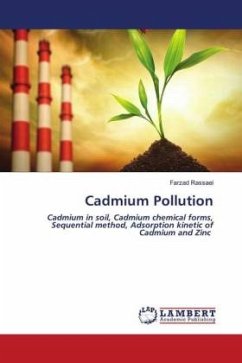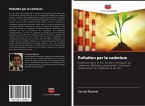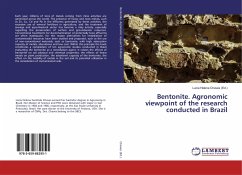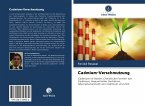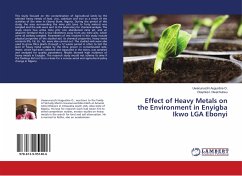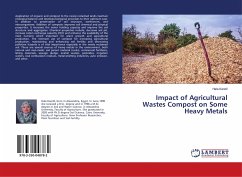In non-contaminated areas, the most important factor in determining the amount of cadmium in soil is the chemical composition of the parent material. The predominant ionic species of cadmium in soil solution is Cd+2. Cadmium is also able to form ionic complexes such as CdCl+, CdHCO-3, CdCl-3, CdCl4-2, Cd (OH)3-, Cd (OH) 4-2. Sequential extraction of heavy metals in the soil and sediments is a useful way to determine the chemical forms of the elements. This method is based on the sequential application of selected extracts to a soil sample. The strength of the extractors is greatly increased step by step and at the end they reach to extracts with a very strong acidic strength that can destroy the crystal lattice of the minerals. The presence of heavy metals in soils depends on adsorption, precipitation and exchange process. These processes have been clarified by putting the data into kinetic models. Adsorption patterns of heavy metals usually show a fast step throughout the first hours that is related to soil surface adsorption. Then, the next step is a slow adsorption rate that is related to chemical sorption or diffusion of heavy metals in soils.

